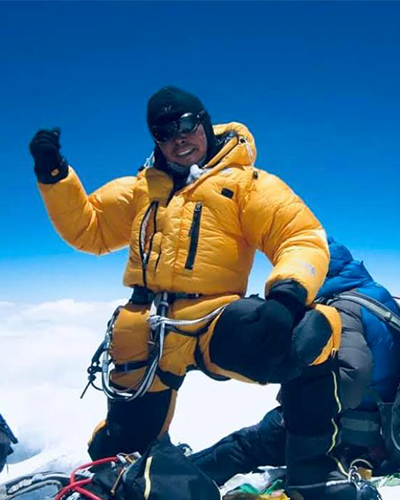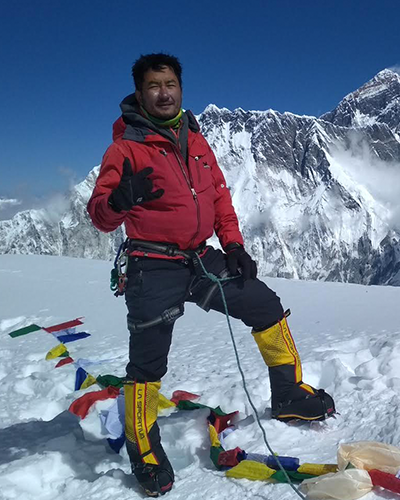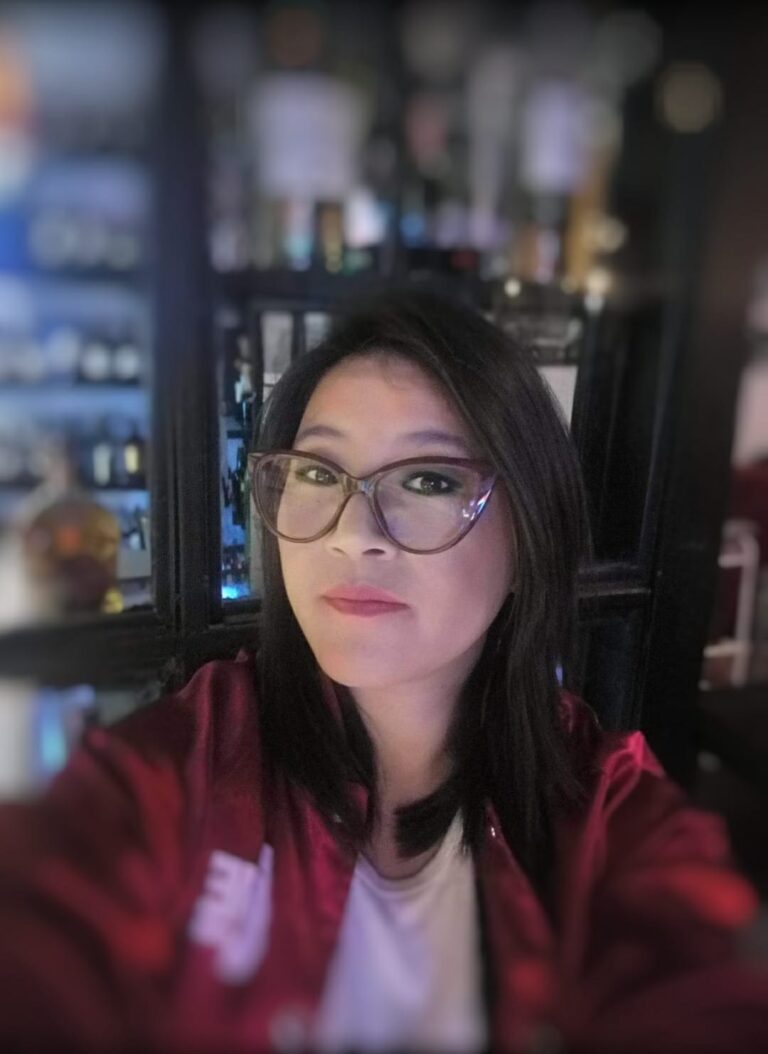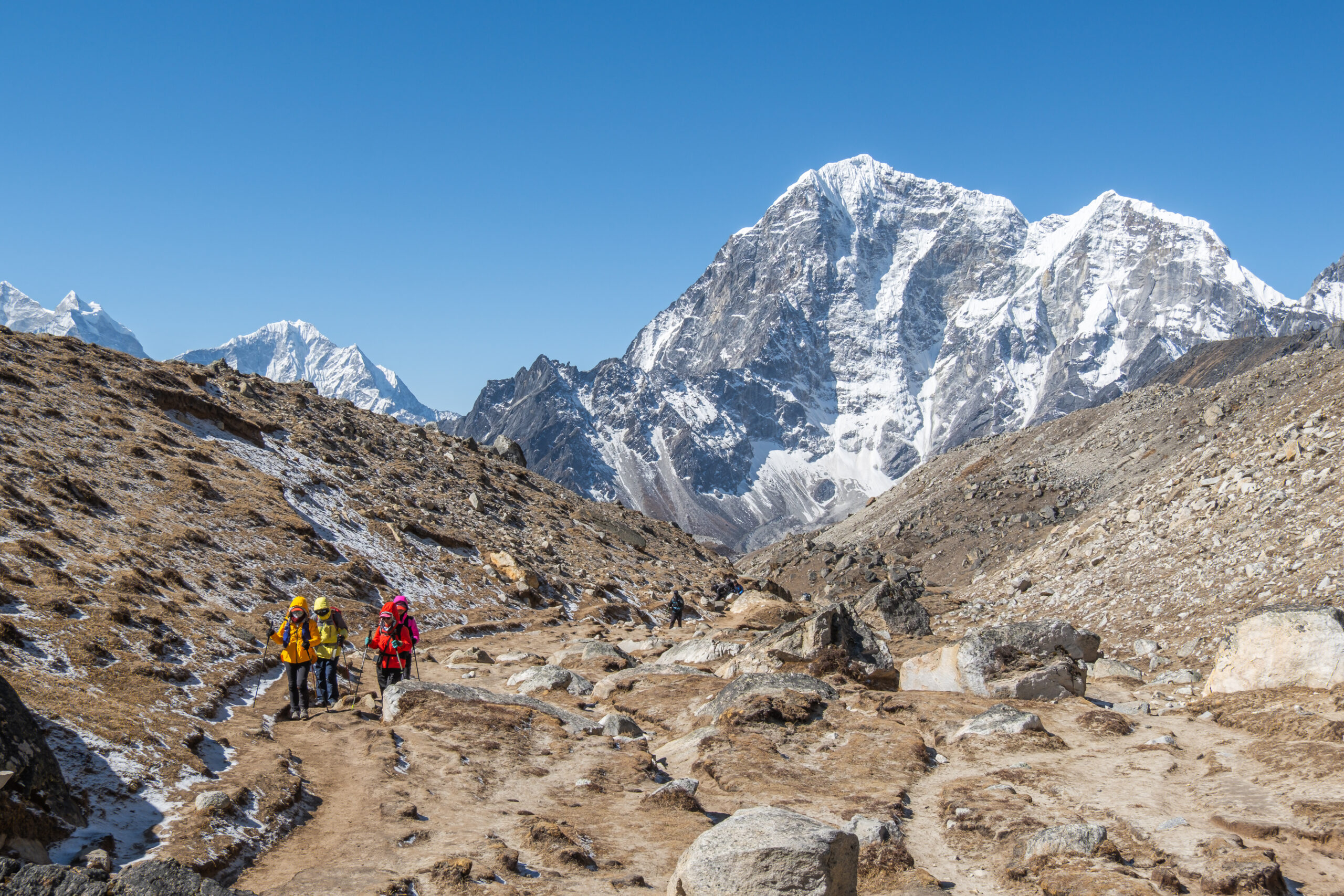An Adventure Awaits...
Holidays and adventures as you take off on a trip of a lifetime with Khempalung Adventure
Travel Nepal with Khempalung Adventure
Welcome to Nepal – here, an adventure awaits you.
Be it getting lost in the labyrinth like alleys of Kathmandu or an adventurous trek alongside the shadows the Himalayas;
be it standing atop a 6,000 meter peak or to plan your world’s biggest adventure – a trip to the top of Everest,
At Khempalung Adventure – we’ve got you covered for an adventure of a lifetime.
Turn Your Adventure Dream Into a Reality
Your Travel Companion in The Himalayas…
Khempalung Adventure’s Back Bone…
Here are Khempalung Adventure’s energetic team members – all experienced travel personnel embodying the natural spirit of Nepalese hospitality as well as fully motivated to make your trip to Nepal, memorable, enjoyable and comfortable.













Why Travel With Khempalung Adventure?
We focus on the safety and comfort of our fellow travelers, and at the same time offer flexible itineraries and experienced travel mates for a successful adventure.
Why Travel With Khempalung Adventure?
We prioritize the safety and comfort of our fellow travellers, and at the same time offer flexible itineraries and experienced travel mates for a successful adventure.
Playlist
Essential Information for Adventure in Nepal
A simple way to under Tea house / Lodge is probably ‘a small hotel’. However this can sometimes be misleading, as they do not have high-end facilities like modern hotels in urban areas. The concept though is same as hotels in providing accommodations (rooms) and meals for guest staying in it.
So if one does a trek going from point A to B to C etc., and spending nights in these kind of lodges or teahouse is called a ‘Lodge Trek’ or ‘Tea House Trek’
The most popular regions for treks in Nepal are Annapurna, Everest Langtnag and Upper Mustang. All these places have good quality lodges, well managed, variety of food to choose from the menus available and boast of Wi-Fi, bakeries etc.
Around the areas that have lesser trekkers like, Makalu Barun, Manaslu, Kanchenjunga etc. the tea house/ lodge are very basic in comparison.
Basically good lodges have developed where foot traffic is the most and Annapurna, Everest and Langtang receive the most trekkers in Nepal.
The rooms are very basic in most places. In some very popular areas like Annapurna and Everest high-end rooms with attach bath and flush toilet and ruining hot/ cold water have come out in the recent years. However these kinds of lodges are very few and not available in all places on the trek route.
Basic room’s sizes are on an average of 8 feet by 8 to 10 feet. They have twin cots with mattress and pillows. Most lodges provide blankets, however for hygienic regions it’s advisable to carry a good sleeping bag of your own. The walls are pretty thin and noises carry. Earplugs are recommended to be carried.
In more remote areas one may only get dormitories for accommodations and dinning and sleeping arrangements may be in the same common area.
Most lodges have several common toilets inside the lodge. The number depends on how big the lodge is. On an average a lodge having 15 /18 rooms may have 3 /4 common toilets. The toilets are very basic and no flush or running water is available in the toilets. Please bring you own Toilet paper. Drums with water and a mug are the ways to flush!
In Annapurna and Everest region we try and provide rooms with attach bath
where available. However, do note that there are only a handful of places where this kind of facility is available.
Menu in most places especially the more popular trekking routes have extensive looking menus ranging from local, Tibetan to western delicacies. Items like Dal Bhat (rice, vegetables and lentils), pizzas, pastas, momos (dumplings), noodles, soup, fried rice etc., are amongst the common ones in all menus.
Our recommendation is to avoid meat, as in most places porter carry the meat to lodges without any hygienic way to keep the meat fresh on the way. It takes at least few days to reach the lodges. Even the canned meat items are not recommended, as one has no way to check the expiry date etc.
Recommended food items are the local ones like Dal Bhat, Momos (Dumplings), noodles etc, as they are freshly made in comparison to other food items. Please remember the cooks in the lodges are ‘not chefs’, very few are trained professionally as most have learned through looking at other cooks cooking in the same lodges or similar ones in the area. Basically sticking to local food is best as they are hygienic and fresh.
For breakfast pancakes, porridge, toast (not available everywhere), eggs etc. are available in all lodges.
There is a common dining area with fireplaces in all lodges. This is not only a place to eat but also a good place to unwind, interact with fellow trekkers, read a book, play board games or cards and relax.
Everyday our guide will help you and provide information on what choices to make in which places / lodges for food.
One can get boiled water or bottled mineral water or filtered water in the Everest region, Annapurna and Langtang region. On an average a liter of water will cost US $ 1.50 to US $ 4.00 per liter. As one gains altitude on trek or goes further from the urban areas the higher the cost of drinking water.
Hot or Cold showers are available everywhere in the Lodges. In some lodges, especially as we go higher in altitude instead of showers a bucket of hot water may be the option.
A hot shower cost on an average of US $ 3.00 to US $ 5.50 per shower. The higher we go the more expensive the bath.
We recommend not to take too may baths on treks specially if one is going to high altitude treks. The reason being the temperature drops rapidly as the sunsets and getting the body temperature back to normal after shower at high altitude becomes difficult. This increases the chances of catching cold and walking with cold at high altitude with thin cold air is not a pleasant experience. So please try and avoid taking showers as much as possible.
Electricity hasn’t reached all places in Nepal. So electricity is limited to certain areas of the trek. On an average one has electricity till about 3500 meters in altitude. As we gain altitude solar system has been set up in all lodges.
Rooms have lights only till places where electricity has reached. So where electricity has not reached there are no room lights. Dining hall, toilets and all common areas have electricity through the night even if it is being supplied through solar system.
Charging camera batteries, mobile phones can be done at the dining hall upon informing the management. They charge on an average of US $ 2.00 to US $ 6.5 for getting the batteries fully charged. The higher we go the more expensive to charge.
We recommended that you put your batteries in your sleeping bags at night to keep it warm as in cold the batteries drains energy very fast.
Annapurna and Everest regions have lodges that provide Wi-Fi. A cost of US $ 5.00 to $ 12.00 depending on what data package they have is charged on per hour or per day basis.
Other trek areas have not developed this facility.
Annapurna and Everest region has good mobile connectivity. Other areas don’t have much coverage but the mobile network connection is growing. Please enquire via mail about the mobile phone coverages on trek routes for details.
One can get a mobile phone sim card on arrival at the airport. Passport photocopies with passport size photo (one) is required.
Wonderful Travel Experience
We take you through wonderful memories and unique experiences as shared by our fellow travellers when in Nepal



















